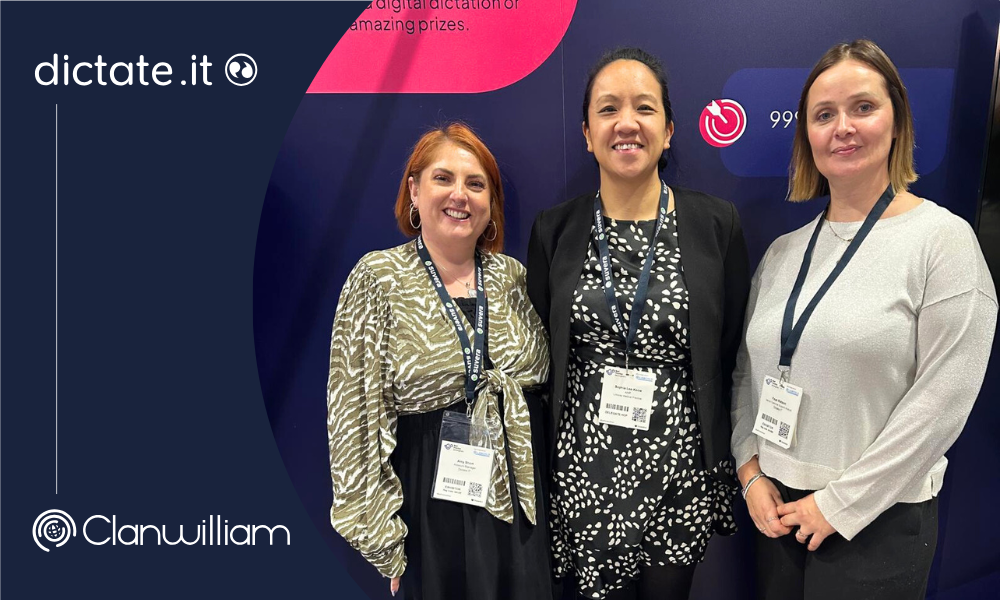At HealthLink, our priority is to make sure GPs can provide the most efficient and cybersecure service when it comes to their patient’s health data.
Every day, we send millions of important medical communications all over Australasia. That’s why we’re committed to investing in the highest quality data-protection technology that protects doctors and patients. Our sector is making innovative technological bounds at a rapid pace and we want to make sure our technology, services and support provide the same high-level efficiency across regional, rural and metro health systems.
To continue to be sustainable and provide our high-quality service, we’re seeking to introduce a robust contract and subscription model for all GP practices. This model will include all of our premium service offerings, such as comprehensive message inclusions and validation, provider directory access, SmartForms access to key national and state referral pathways and round-the-clock support.
We’ve heard the concerns from our GPs around the subscription model and how it applies to practices and various working challenges, such as part time doctors. Following this announcement of our intent we have paused the rollout of this new model while we explore all options and undergo a period of consultation over the coming months with stakeholders. We are actively consulting with the Royal Australian College of General Practitioners (RACGP), our customers, and other key stakeholders to ensure our system remains efficient, fair to all GPs and mindful of the growing needs of Australian doctors and practices.
We’re committed to open communication and will provide updates once the consultation period ends, and we are clear on next steps.
If you have any questions, please feel free to contact us at gpsubscriptions@healthlink.net.









